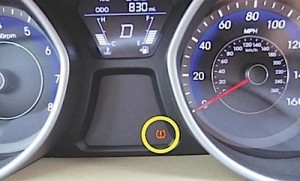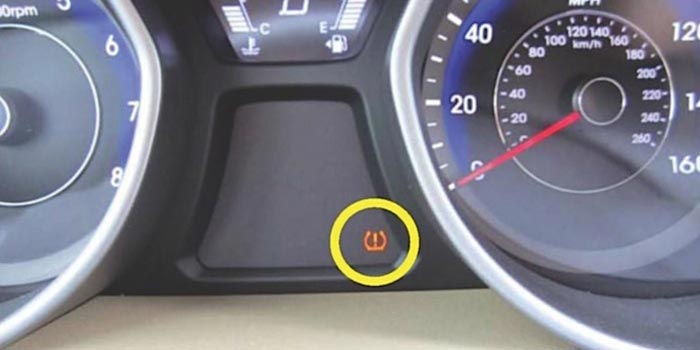 This tech tip provides information relating to possible interference from non-OEM electrical products with the Tire Pressure Monitoring System (TPMS). Some non-OEM electrical products including, but not limited to, some aftermarket in-dash navigation systems originally intended for non-U.S. markets, may emit electrical noise in the 315MHz frequency band and may cause the TPMS low pressure/malfunction indicator light to illuminate.
This tech tip provides information relating to possible interference from non-OEM electrical products with the Tire Pressure Monitoring System (TPMS). Some non-OEM electrical products including, but not limited to, some aftermarket in-dash navigation systems originally intended for non-U.S. markets, may emit electrical noise in the 315MHz frequency band and may cause the TPMS low pressure/malfunction indicator light to illuminate.
Example: The U.S. market TPMS transmits data on 315MHz, while the European TPMS transmits data on 434MHz. Electronic devices not intended for U.S. markets may not be shielded properly for different frequencies, thus interfering with U.S. market devices.
The U.S. TPMS is a wireless system that utilizes the 315MHz frequency band to transmit the status from the sensors’ transmitters at the wheels to the receiver near the instrument panel.
Some non-OEM electrical devices may emit electrical noise in the 315MHz frequency band. This electrical noise may be picked up by the TPMS receiver and may provide an indication of a TPMS concern, thus causing the TPMS indicator light to illuminate (see Fig. 2).
If, after the customer has had an aftermarket electrical accessory installed, the TPMS indicator falsely illuminates and/or causes DTCs to be stored, it could be due to the type of electrical interference described above. This interference could also occur when other portable electronic devices are used in the vehicle.
Courtesy of Mitchell 1.














